Pacific Parnassus, Mount Tamalpais

Have you ever touched the clouds?

Have you ever touched the clouds?
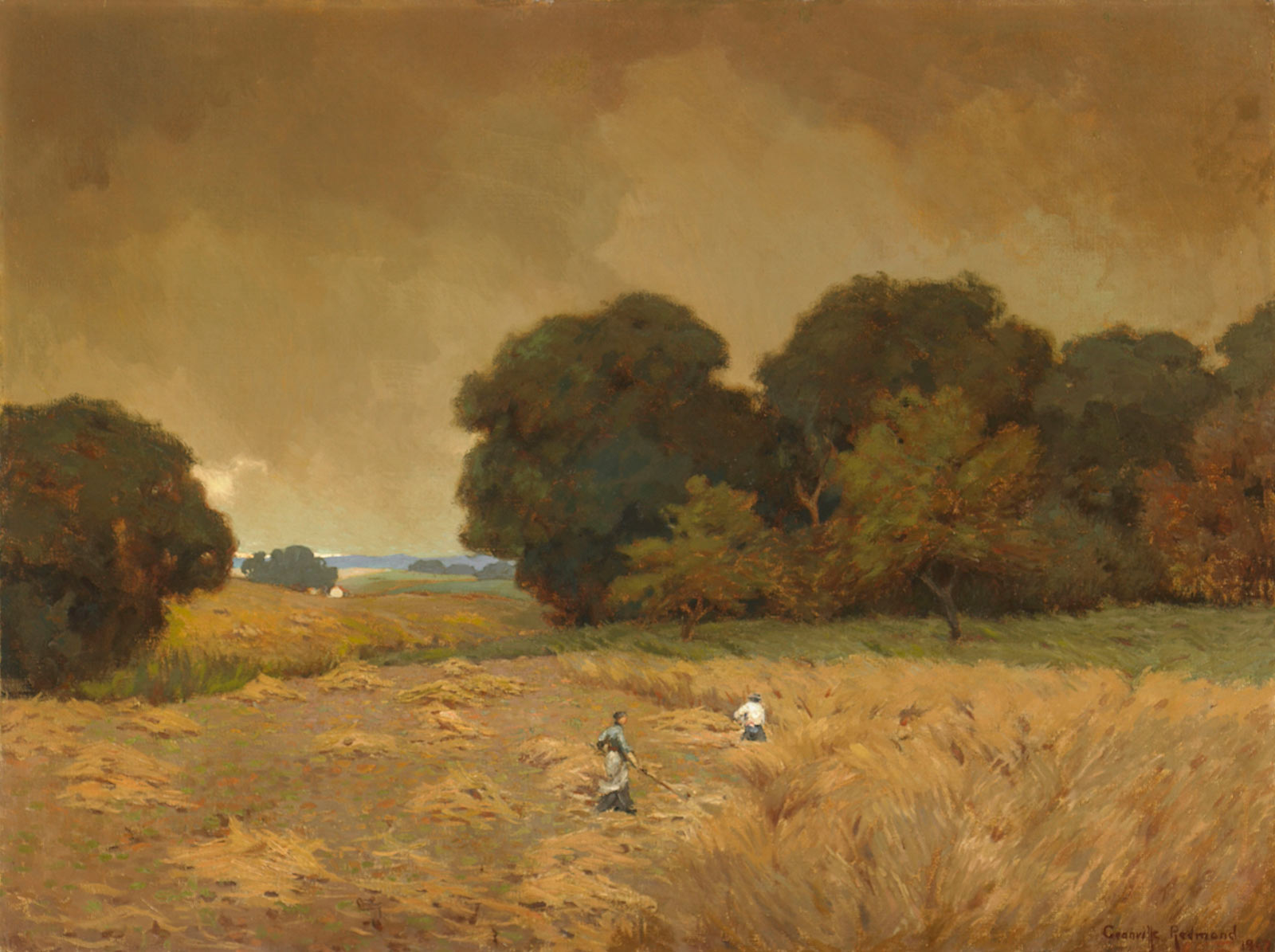
What is the physical toll of work?
An early work by Redmond, this painting was made in Northern California shortly after the artist’s return from Paris. The landscape effectively combines the themes of harvest and workers, which Redmond would have seen during his time as an art student in France, with the decorative patterning and Tonalist atmosphere that he admired in the work of California painters Gottardo Piazzoni and Arthur Mathews.

What is your relationship to nature?
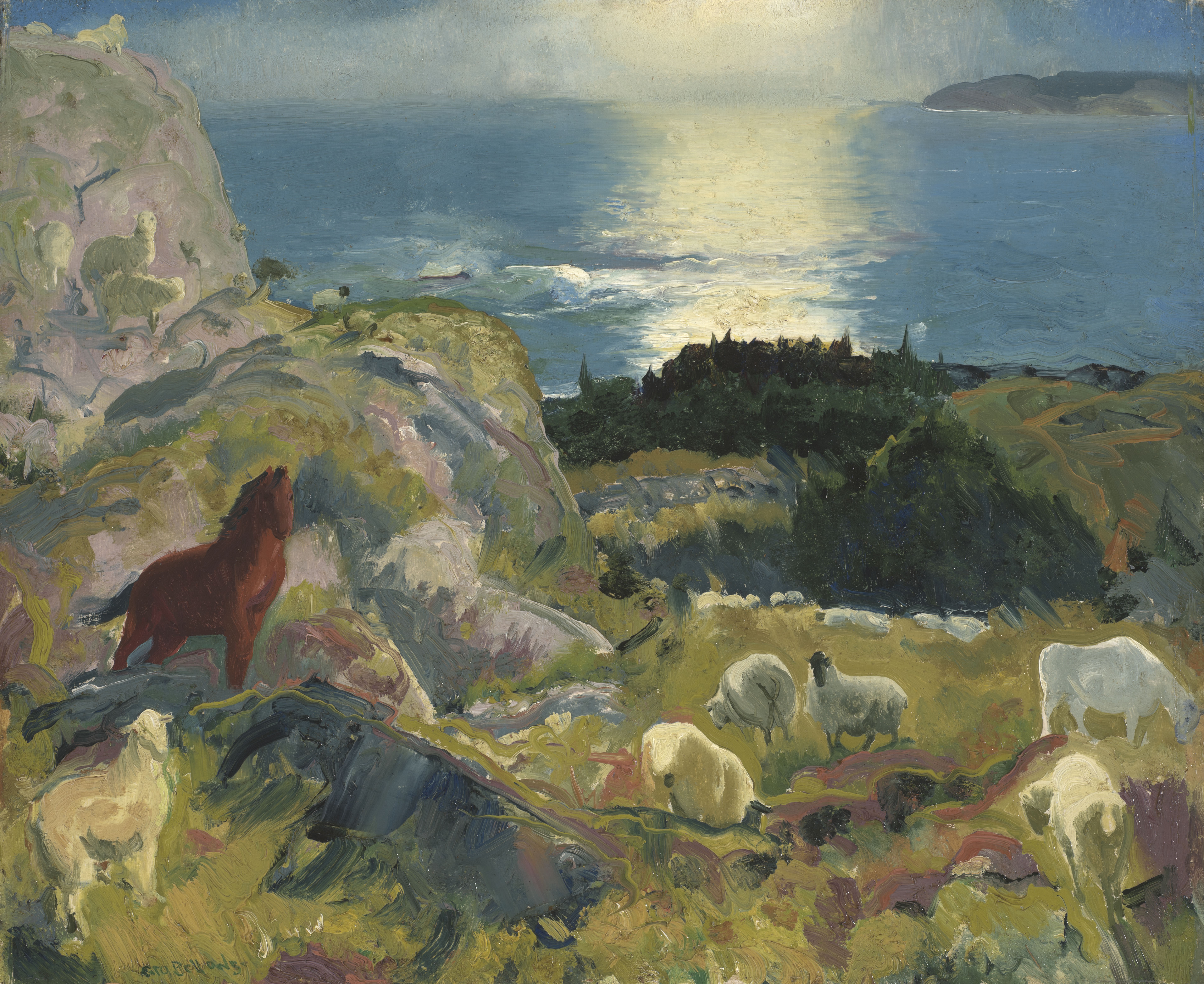
What fills your daydreams?

Are cities alienating or energizing?
In 1907 Hassam began his Window series, which render the atmospheric effects of the New York City skyline from within genteel domestic interiors. In each painting of the series, a young woman is shown in a highly decorated apartment filled with art, sculpture, and fine furnishings. The contrast between the small spaces of Hassam’s elegant interiors and the expansiveness of the city symphony outside convey the various (and sometimes opposing) sensations of modern urban life.
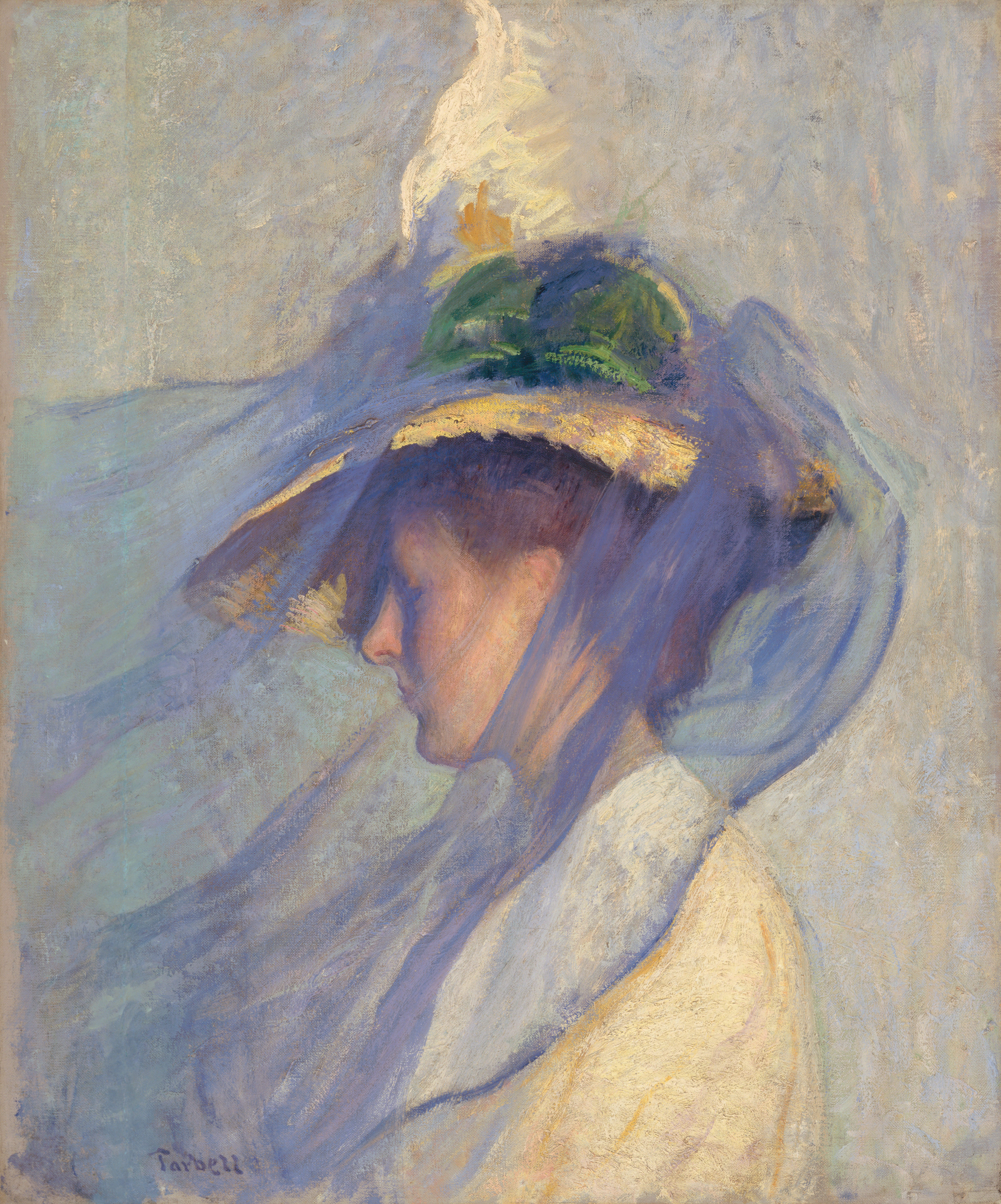
What is the subject of this painting?

Can an artwork have rhythm?
Prendergast humbly entered the shimmering world of 19th-century Parisian art by working on a cattle boat for his passage to Europe in 1884. The young artist stayed for three years, absorbing the influence of Impressionism, which led him to use color to emphasize form and rhythm in an intensely personal mode of expression. In The Holiday, Prendergast painted a tapestrylike scene, outlining figures, trees, and water in lively, dancing brushstrokes.
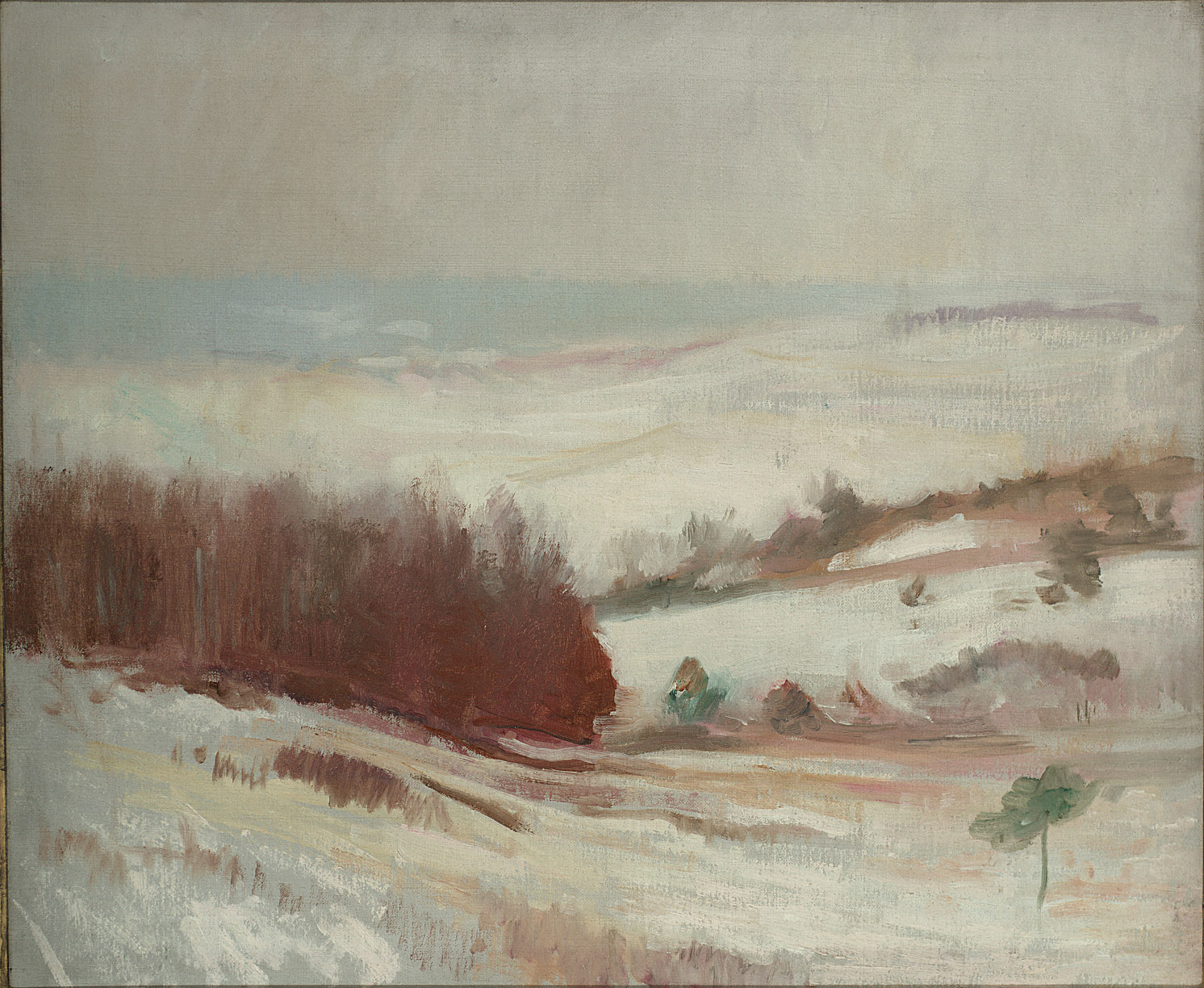
How far can your eye travel in this painting?

What does this artist emphasize in this painting?
Despite its small size and isolation, Maine’s Appledore Island played a large role in Hassam’s life, shaping the course of his career and artistic development. The writer Nathaniel Hawthorne described Appledore, “it seems as if some of the materials of the world remained superfluous, after the Creator had finished, and were carelessly thrown down here, where the millionth part of them emerge from the sea, and in the course of thousands of years, have got partially bestrewn with a little soil.”
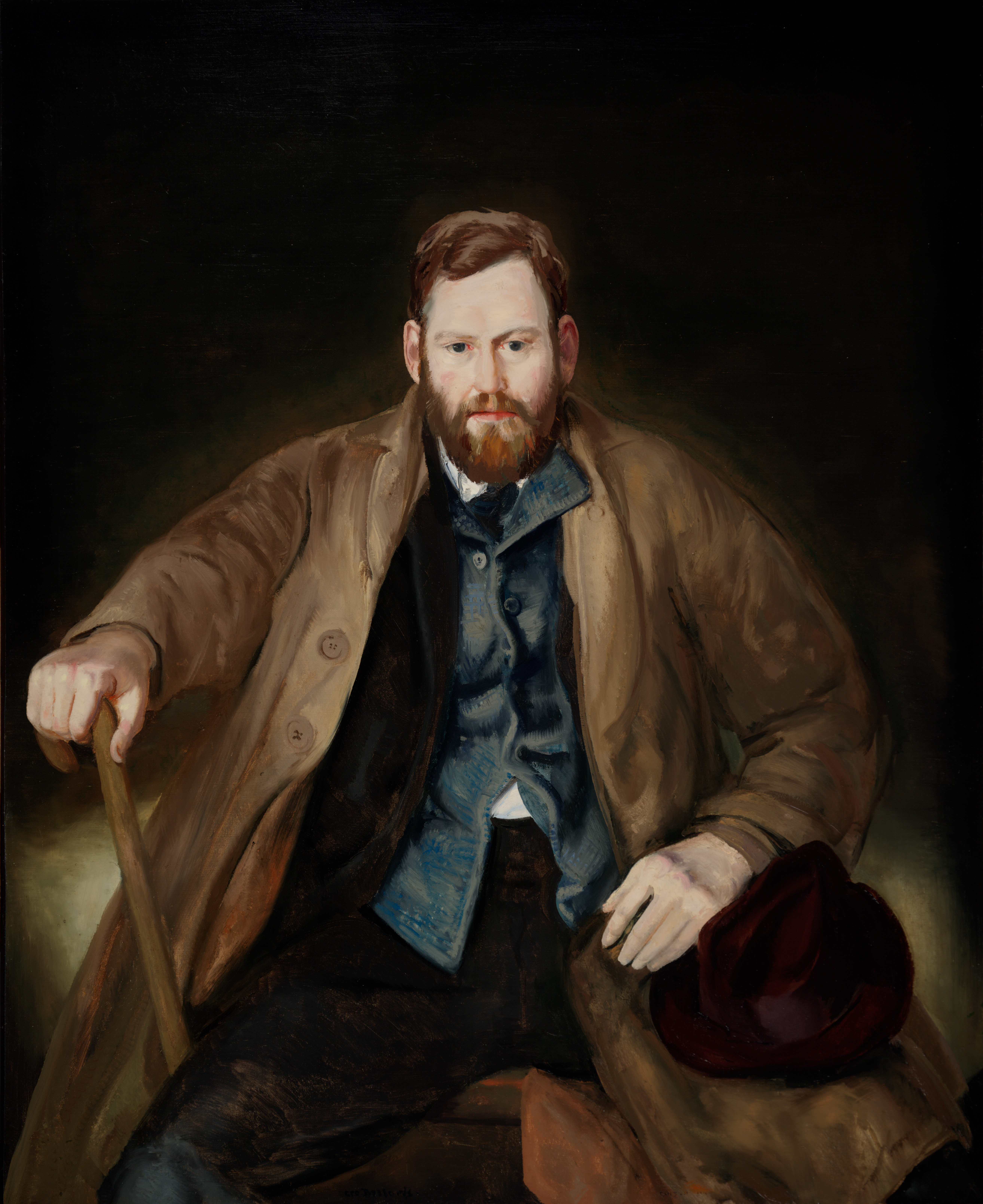
How is this portrait a study in contrasts?
In 1920 Bellows depicted his colleague Waldo Peirce, an irreverent painter, Harvard graduate, and friend of the writer Ernest Hemingway and the socialist activist John Reed. Peirce’s work had begun to receive serious recognition in the mid-1920s, and Bellows’s respect for his friend is evident in this portrait. The sitter leans forward slightly, conveying a remarkable sense of immediacy and liveliness, while the glowing colors and solid geometry imbue the picture with monumentality.